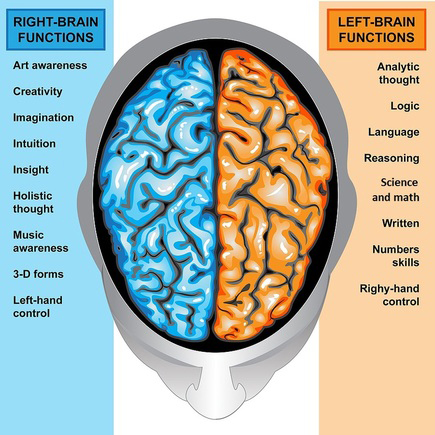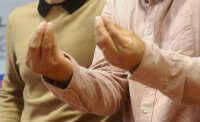The soaring melody of a mockingbird’s song, the terrible cries of a small child being separated from parents seeking asylum; is it possible to reconcile experiences of such beauty and horror? Openness to and awareness of the world that surrounds us simultaneously exhilarates and wounds; to avoid those feelings means cutting ourselves off from others and ourselves–through denial, distraction and delusion. My father used to say “you have to take the bitter with the better,” but that’s easier said than done.
Perhaps it’s a false dichotomy; the world presents itself to us whole, without explanation, and we impart meaning and our own explanation by fragmenting that wholeness into separate parts from which we pick and choose. Having done that, we discriminate, seeking the parts we like and avoiding those we don’t. But when those discrimination-filters come off and we take the world in all at once, it’s overwhelming–heartbreakingly beautiful and heart-breakingly painful. Such is the human condition.
This mirrors the biological dichotomy of the human brain, divided between left and right hemispheres, each of which process our human experience of the world differently. Communicating with each other across the Corpus Callosum–a dense rope of nerve fibers connecting the brain’s two hemispheres–our hemispheres seek to resolve their differences. In some sense, they compete for mind’s conception of things. But to illustrate, “things” is an imaginative left-hemisphere word in English used to describe that which has been separated from the whole, a mental fabrication not reflecting the right-hemisphere’s experience of unity. Thus, our minds oscillate between hemispheric realities of whole and parts, beauty and horror, accepting and rejecting, good and bad, right and wrong, and so forth and so on. My father’s advice did not include “it’s all very exhausting, by the way.”
Be awake or go to sleep? A lot of attention is being paid to the “awake” side of this question lately. Mindfulness meditation is all the rage right now, a right-hemisphere activity of observational experience without judgment. Ironically, a study reported in The NY Times indicates that mindfulness meditation lowers work initiative and productivity; meditators are not as inclined to feelings of competition, a left hemisphere concoction popular in the dog-eat-dog business environment. Meditation increases an experience of right hemisphere belonging, appreciation, and cooperation. Corporate America, however, needs workers who know how to put their right-hemispheres to sleep. Ah, well.
Society reflects brain dichotomy, also; as the demands for left hemispheric domination of the right-brain have increased, we observe modern human culture reenforcing “scientific” left-brain experience as the only legitimate reality. The holistic, intuitive, feelings-based sensory expression of the right hemisphere has been effectively subordinated to fragmented, rule-based left hemisphere social structures. Even art, music, poetry and such–the natural outpourings of the right hemisphere–have been relegated to the monetized and objectified world of “things” the left hemisphere prefers. Yet the right hemisphere will not fully surrender its passionate creativity; it leaks out everywhere.
Dreams are an obvious example of right hemisphere activity, but we needn’t be asleep to see it at work. Billions of personal thoughts and images are shared online, a torrent of right hemisphere activity the harried left hemisphere (creator of online technology itself) cannot control. We can’t avoid the wholeness of the world–it’s beauty and it’s horror–no matter how desperately we try.








Be First to Comment